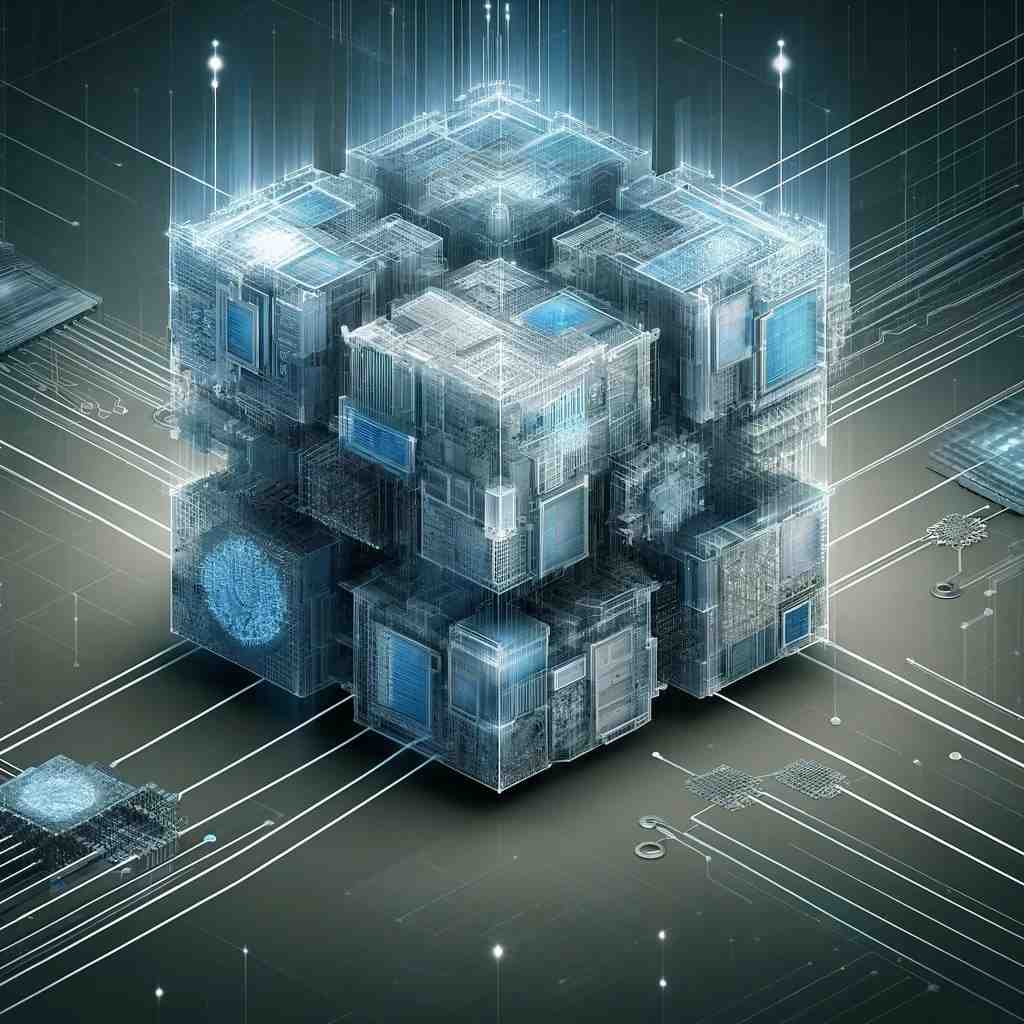
In the digital age, blockchain technology stands out as one of the most revolutionary innovations, reshaping industries from finance to supply chain and beyond. Its allure comes not just from its association with cryptocurrencies like Bitcoin but also from its potential to provide transparency, security, and efficiency in data handling across various sectors. This article delves into the core mechanics of blockchain technology, exploring its fundamental components and how they function to create a secure, decentralized digital ledger.
Introduction to Blockchain Technology
Blockchain technology is essentially a distributed database that maintains a continuously growing list of records, called blocks, which are linked and secured using cryptography. Each block contains a cryptographic hash of the previous block, a timestamp, and transaction data, making blockchain inherently resistant to data modification. This design allows participants to keep track of digital transactions without central recordkeeping. Each node (a computer connected to the network) gets a copy of the blockchain, which is downloaded automatically.
Other Articles
The Structure of a Blockchain
- Blocks: Each block in a blockchain contains a list of transactions. Every new block created involves the blockchain’s network verifying any new transactions, including their details and legitimacy. Once verified, these transactions are bundled into a block, which is then cryptographically sealed and linked to the chain.
- Transactions: Transactions are the actions carried out in a blockchain network, such as the transfer of digital assets between parties. Once a transaction is initiated, it is broadcast to a network of peer-to-peer computers scattered across the world.
- Hash Functions: Each block contains a unique hash, which acts like a fingerprint. It identifies a block and all of its contents and is always unique. If a block is modified, its hash changes as well—however, changing a block is extremely difficult once it has been added to the end of the blockchain.
- The Chain: The blocks are linked to each other in a specific order—each block contains the hash of the preceding block. This effectively creates a chain of blocks and is the foundation upon which blockchain’s security rests.
How Blockchain Works: Step-by-Step
- Transaction Initiation: A user initiates a transaction, which is then broadcast to a network of peer-to-peer nodes.
- Block Creation: Once a transaction is verified, it is combined with other transactions to create a new block of data for the ledger.
- Block Verification: The new block is sent to all nodes in the network. Each node then verifies the block to ensure it hasn’t been altered and that all transactions are valid using established algorithms.
- Hash Creation: Once verified, the block is given a hash. This hash is very important as it will be used to link the newly added block with the block before it in the chain.
- Adding to the Chain: The new block is then added to the existing blockchain, in a way that is permanent and unalterable. This block, with its unique hash, is now part of the chain.
Key Features of Blockchain Technology
- Decentralization: Unlike traditional ledgers or databases that are controlled by central authorities, blockchain is decentralized. All participants in the network have access to the distributed ledger and its immutable record of transactions.
- Transparency: Changes to public blockchains are publicly viewable by all parties creating transparency, and all transactions are immutable, meaning they cannot be altered or deleted.
- Security: Transactions must be agreed upon before they are recorded. After a transaction is approved, it is encrypted and linked to the previous transaction. This, along with the fact that information is stored across a network of computers, makes blockchain exceedingly secure.
Applications of Blockchain Technology
- Cryptocurrencies: Blockchain is the technology behind cryptocurrencies, enabling secure peer-to-peer transactions and eliminating the need for intermediaries.
- Supply Chain Management: Blockchain enhances the traceability and efficiency of supply chains by providing accurate records of the provenance, location, and status of goods as they move through the chain.
- Healthcare: Blockchain helps securely store and manage electronic medical records that can be accessed only by authorized individuals.
- Voting Systems: Blockchain can be used to create tamper-proof voting systems that increase the transparency of electoral processes and reduce the potential for fraud.
Challenges and Future Perspectives
While blockchain technology offers significant advantages, it also faces challenges such as scalability issues, high energy consumption (especially in Proof of Work systems), and regulatory uncertainties. As blockchain technology continues to evolve, finding solutions to these challenges will be critical in determining its long-term success and integration into more mainstream applications.
Conclusion
Blockchain technology is more than just the backbone of cryptocurrencies; it is a powerful tool for achieving decentralized consensus and security in digital interactions. By understanding the mechanics behind blockchain, individuals and businesses can better appreciate its potential in transforming industries and operations. As this technology







